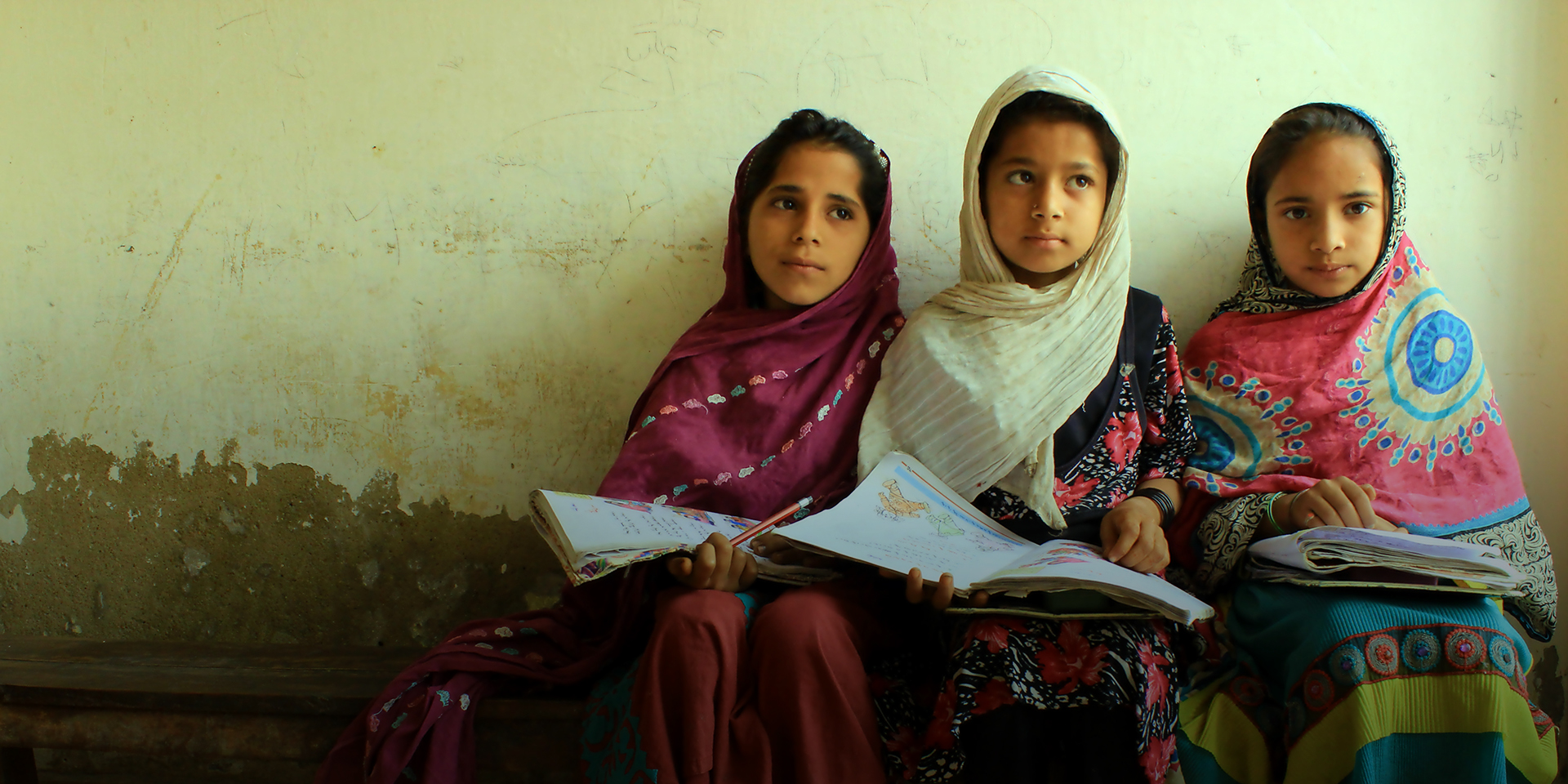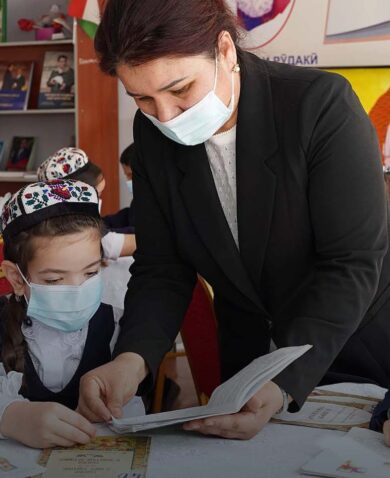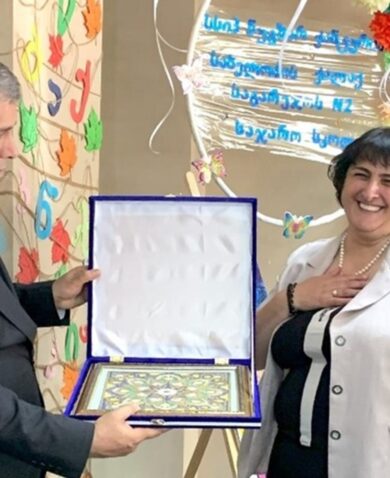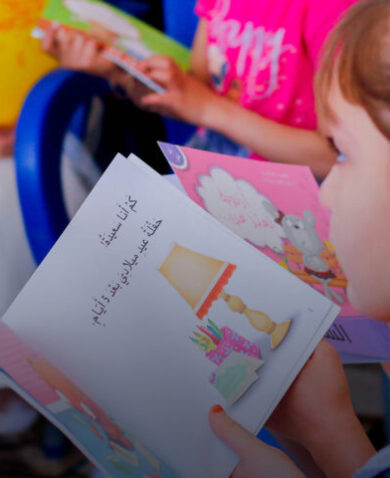The Need for Conflict Sensitive Education
Often more political than it may seem at face value, education can be both a divisive or unifying factor within conflict. Donors and implementers especially need to be aware of how aid interacts with conflict, and how this can contribute to unintended negative consequences and, in worst case scenarios, amplify the conflict more. What are sometimes understood as logical precautionary measures have severe negative consequences. Are services being provided within the safer areas where certain groups might not have access to them? Are we educating former child soldiers who have been brought into conflict, and if not, how is this affecting the stigma? Are education services being offered in one particular language and how is this playing into the power dynamic? What curriculum are the children learning and where will they be expected to go after the conflict is over? Does this curriculum paint certain parties involved in the conflict in a way that will intensify tensions and how does this play into students’ own identity?






























